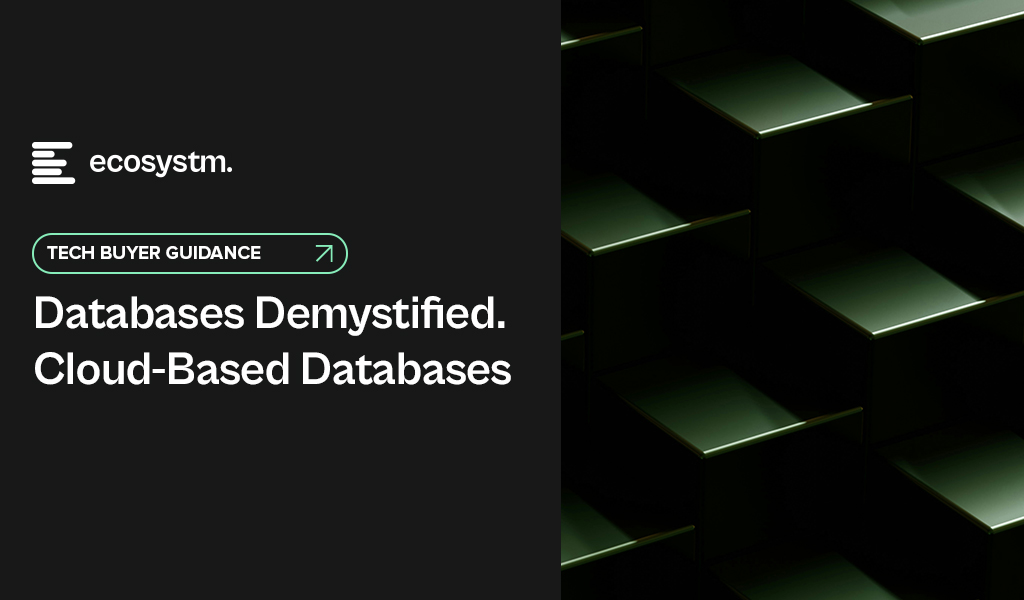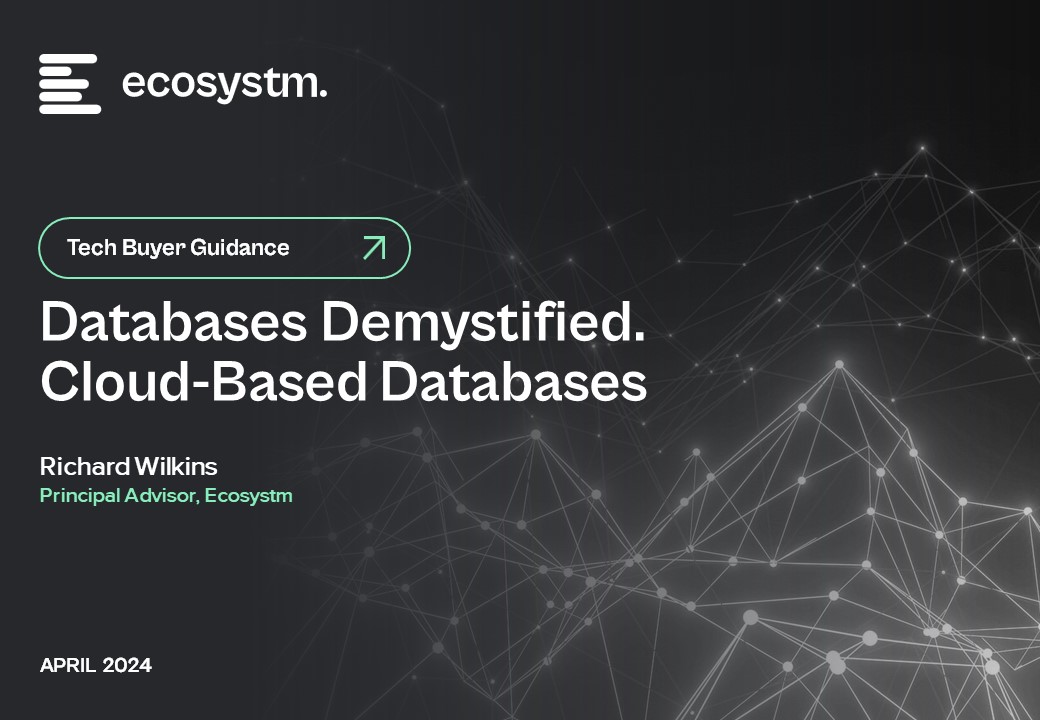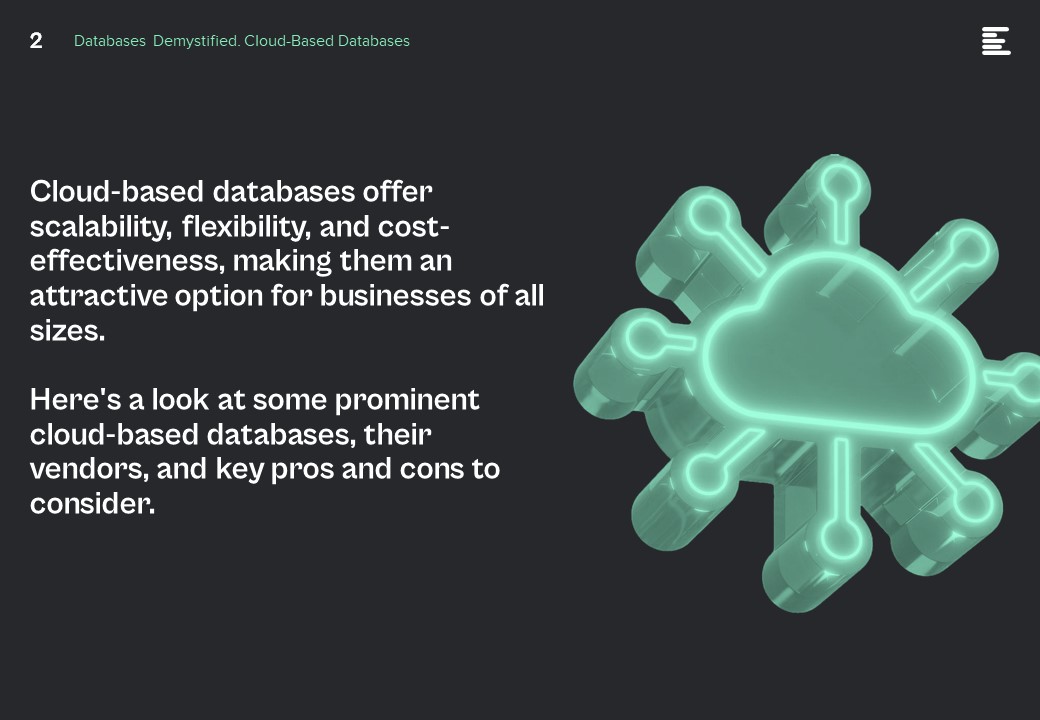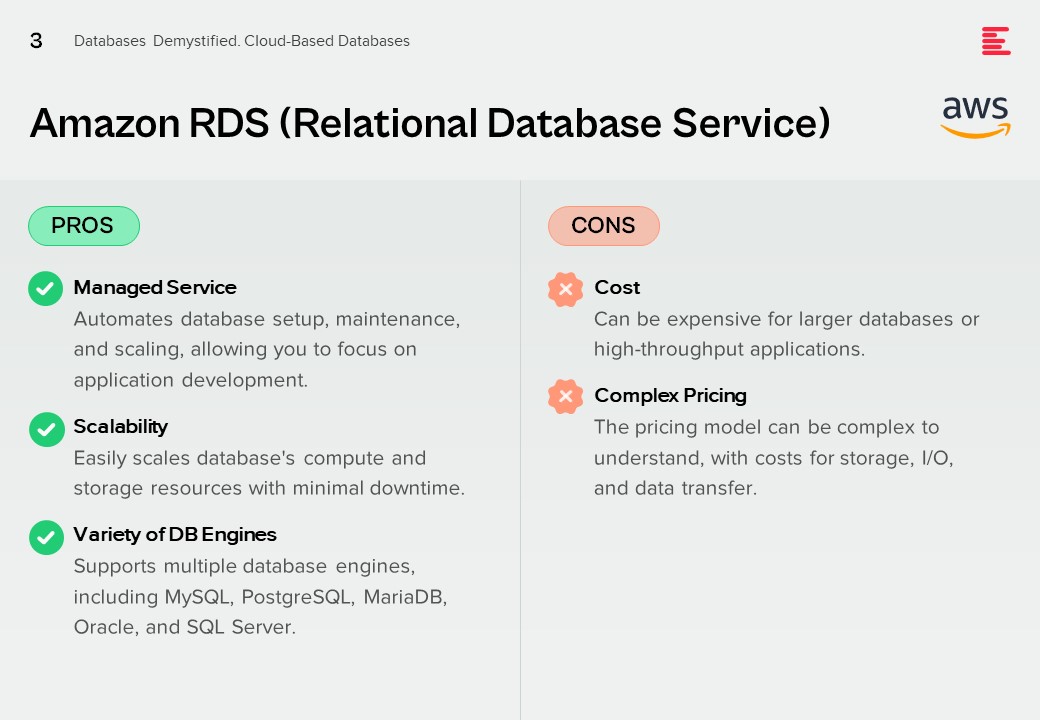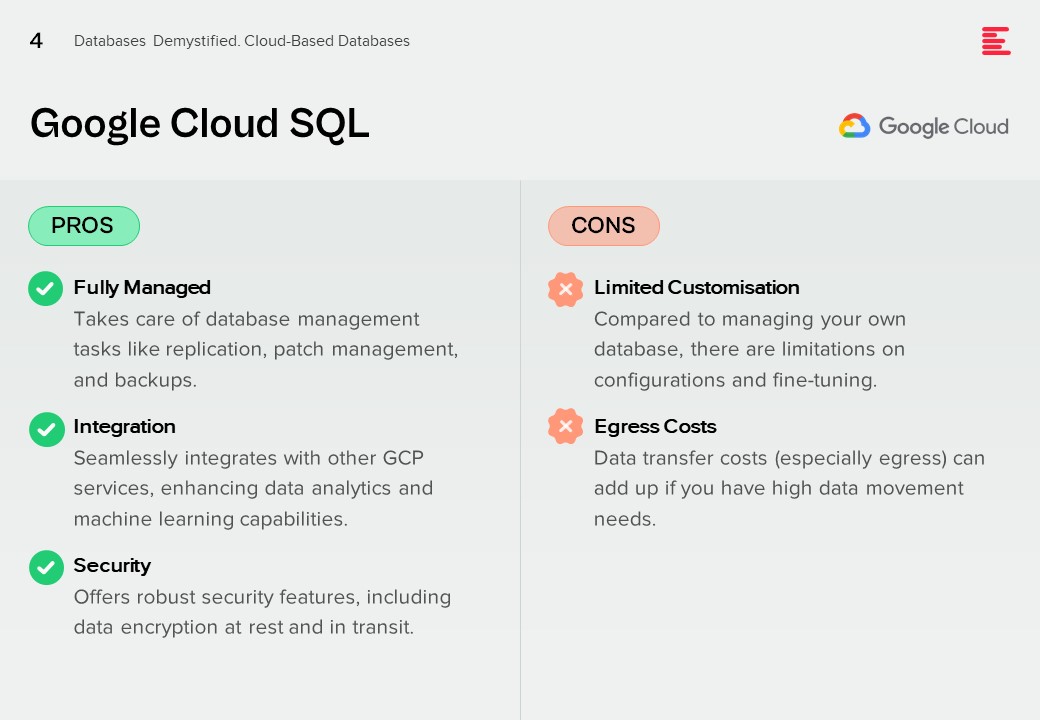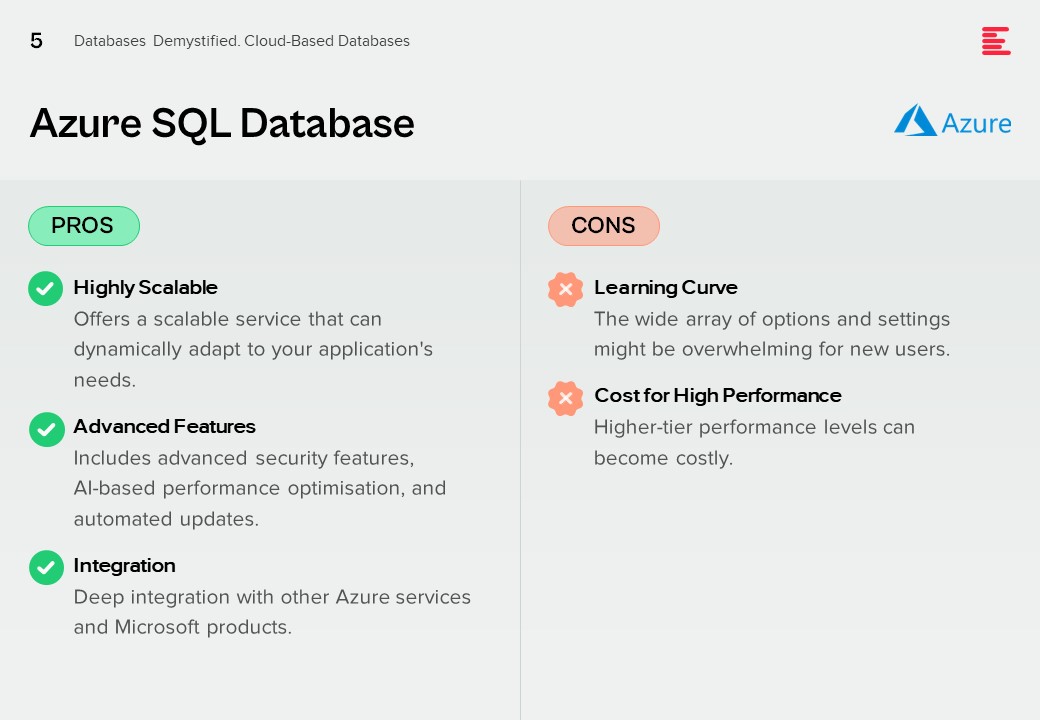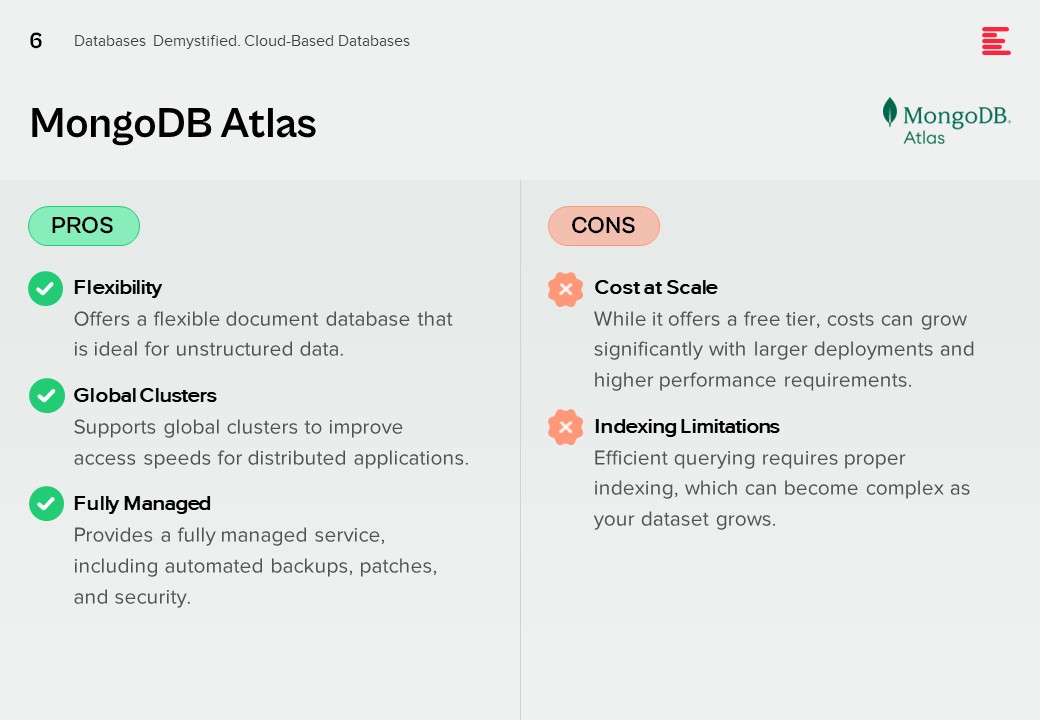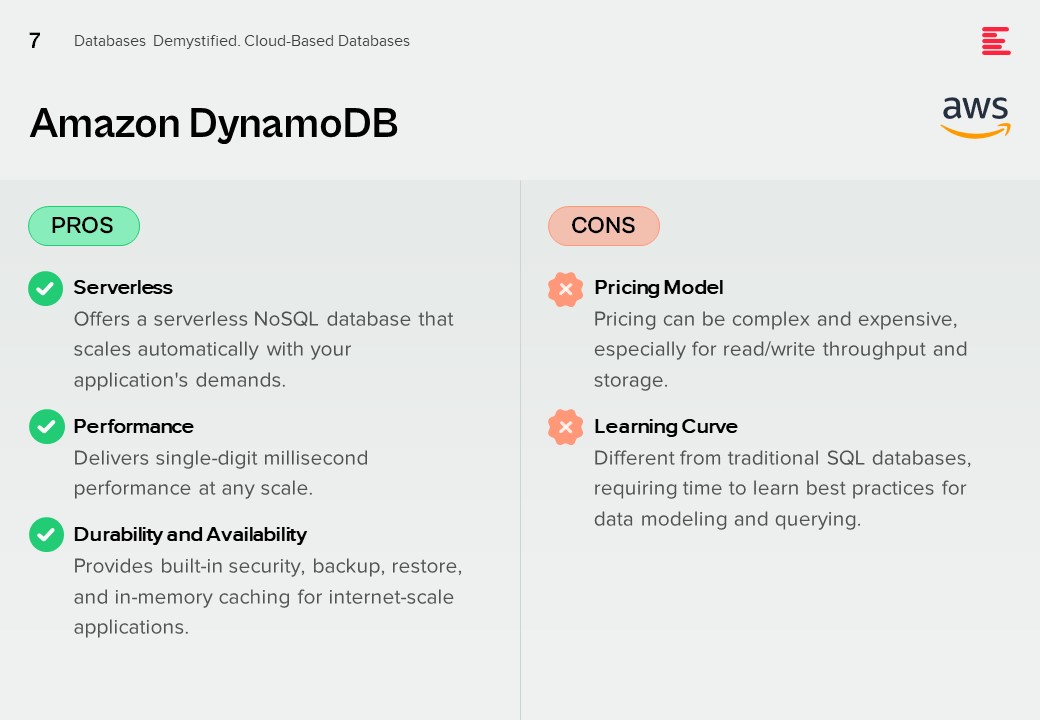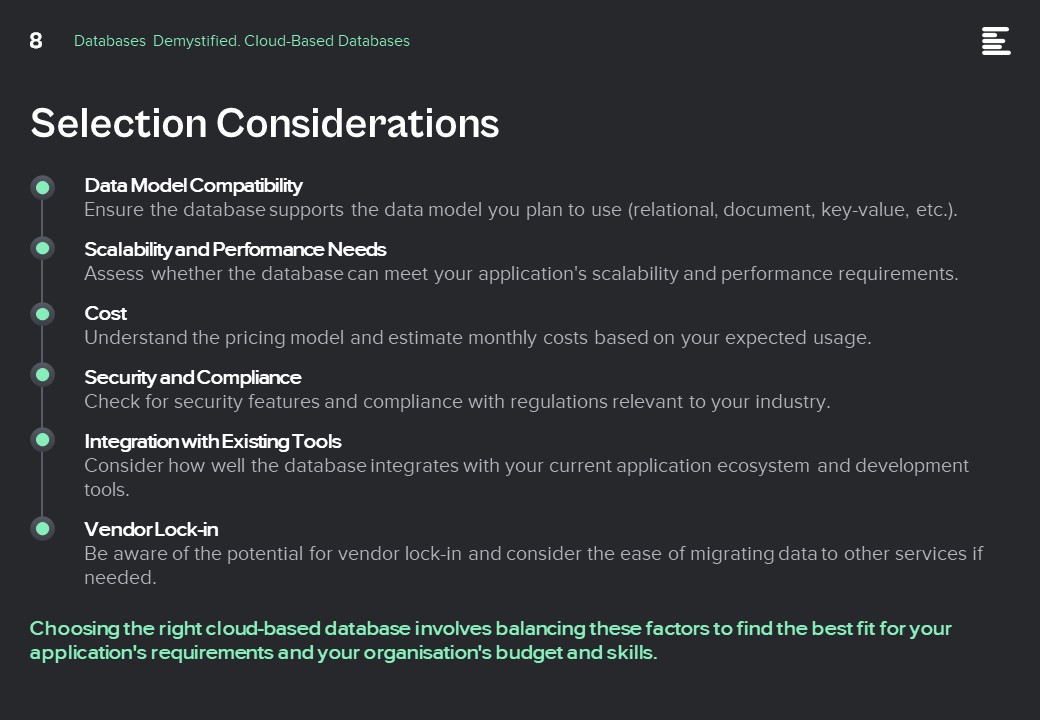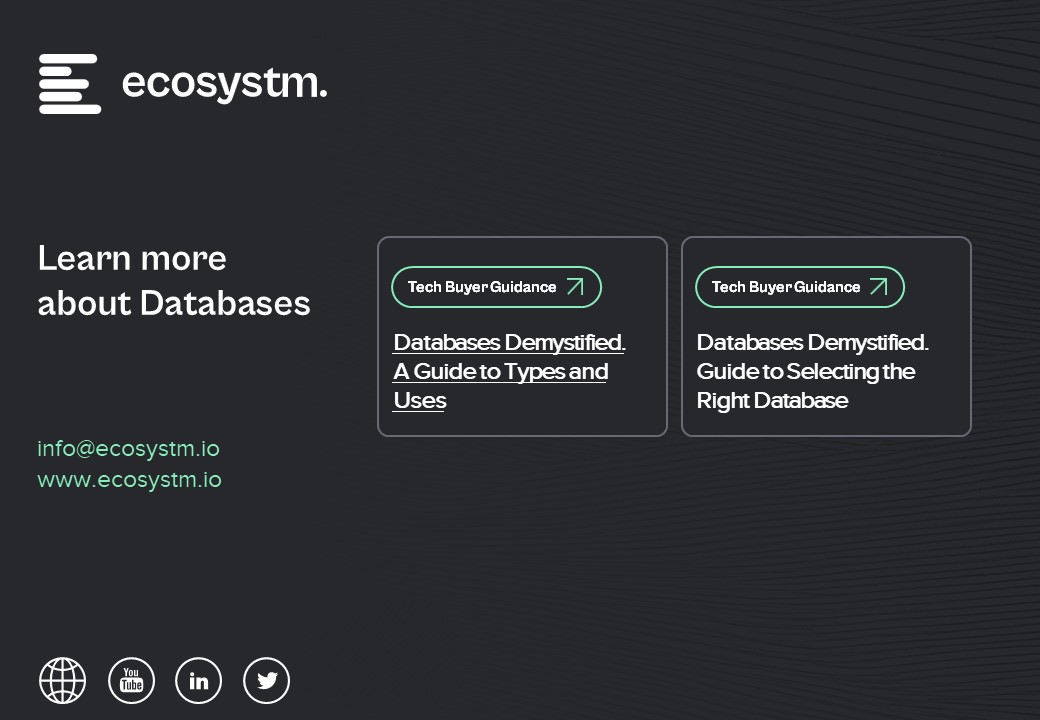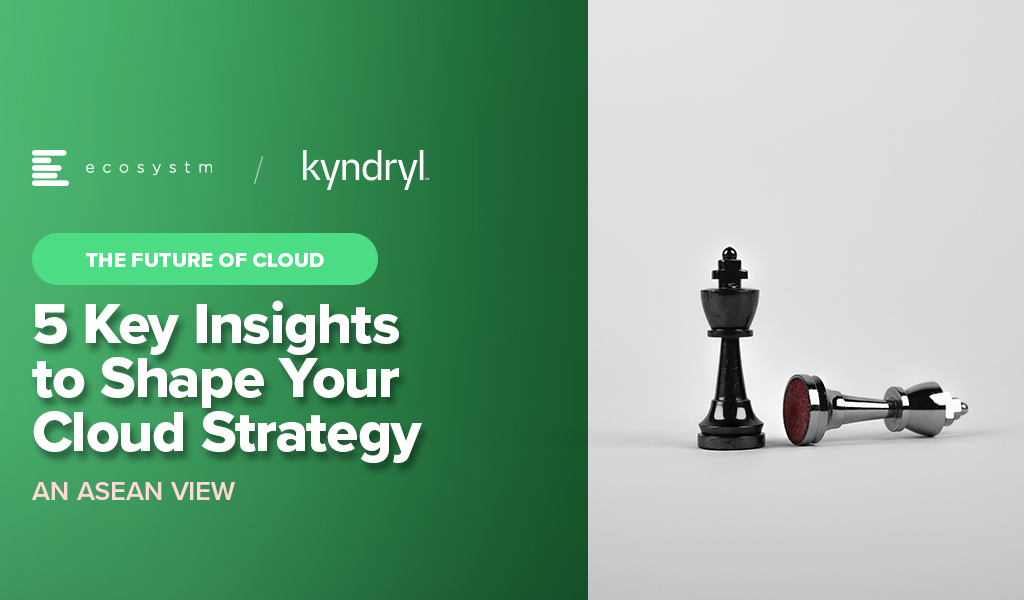Retail transformation is a continuous, dynamic journey of reinvention – driven by agility, experimentation, and the need to keep pace with ever-evolving consumer behaviour. It’s not a fixed destination but an ongoing process of innovation.
At its heart, retail transformation is about putting the customer squarely in control. It’s the strategic overhaul that allows retailers to truly understand individual desires, offering hyper-personalised journeys that blur the lines between online browsing and in-store discovery.
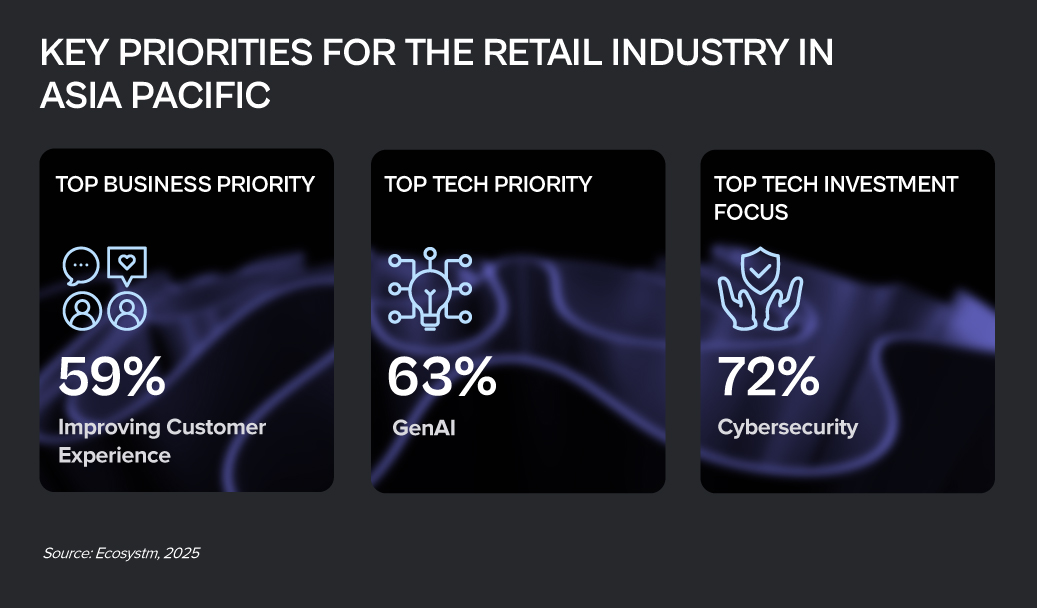
Click here to download “Future Forward: Reimagining Retail” as a PDF.
Enabling Growth with Smarter Sales and Distribution
India’s Tata Consumer Products, aiming to grow their FMCG market share, set out to digitise sales across the vast ‘kirana’-driven retail network.
The company replaced outdated tools with a system that streamlines distributor onboarding, order management, and retail execution – cutting setup times from days to minutes.
A mobile app gives field reps real-time inventory, auto-applied promos, and personalised KPIs, while dashboards give managers live territory insights. Built in seven months, the platform now handles 6M+ transactions monthly, supports 8,000 reps, 12,000 distributors, and 1.6M outlets. Centralised service and rapid feature rollouts keep Tata Consumer fast, responsive, and customer-focused.
Addressing Legacy Limitations
One of New Zealand’s leading grocery retailer, Foodstuffs South Island, faced growing limitations from aging ERP systems and hardware nearing end-of-life.
Instead of reinvesting in outdated tech, FSSI launched Project Petra – a leap to a unified, cloud-based ERP platform.
The shift enabled intelligent replenishment, robotic automation, and a vastly improved user experience. In 18 months, FSSI streamlined roles, rebuilt core apps, and completed a smooth go-live in just three days. The payoff: forecasting and replenishment times cut by up to 50%, faster transactions, seamless price updates, and real-time insights. What began as a tech upgrade became a full transformation – boosting agility, empowering teams, and fuelling future-ready growth.
Streamlining Workflows, Empowering Employees
UCC Group, the Japanese coffee pioneer, is brewing a transformation internally. With 88 locations across 21 countries, UCC faced mounting inefficiencies from outdated legacy systems – slow, complex workflows and clunky portals that frustrated employees and slowed approvals.
UCC replaced their legacy systems with a cloud-first, mobile-first platform.
VPNs were eliminated. Approvals that once took multiple logins now take one tap. A clean, co-designed portal replaced the old interface, putting ease of use first. E-signatures and digitised requests cut paper use by 90% – over 1.5 million forms saved. A new life-event portal launched in just one month, proving speed and simplicity can coexist. Now expanding globally, UCC is unifying ERP, data, and apps into a single, employee-first hub – built for scale, speed, and the future.
Scaling Customer Experience at Speed
Aditya Birla Fashion Retail Limited (ABFRL) faced the challenge of scaling their multi-brand presence without compromising customer experience. As growth surged across stores, online platforms, and marketplaces, their order management system struggled to keep up – putting fulfillment speed, accuracy, and satisfaction at risk.
To solve this, ABFRL implemented a scalable, multi-instance order management solution that streamlined inventory tracking, fulfillment, and refunds.
The result: 99.5% faster inventory sync, zero refund failures, smarter order decisions, and accurate delivery estimates across all channels. This strategic overhaul helped ABFRL maintain service excellence while fuelling sustainable growth – proving that operational agility is key to scaling customer experience at speed.
Solving Reliability & Scalability Challenges
Chicks Lifestyle is a trusted home-grown brand in Hong Kong known for quality innerwear and thermal wear. As they expanded online and geared up for sustainable growth, outdated on-prem systems began to strain under peak-season pressure – causing crashes, long checkout lines, and customer frustration.
To fix this, they migrated their core ERP and POS systems to the cloud in just six weeks with zero data loss.
The result: 99.99% uptime, 30% jump in efficiency, 15% faster checkouts, and 40% lower IT costs. Loyalty data access dropped from minutes to seconds, enabling personalised service at scale. With a stable, scalable tech backbone in place, Chicks Lifestyle is now exploring AI to power their next phase of innovation.

In my previous Ecosystm Insights, I covered how to choose the right database for the success of any application or project. Often organisations select cloud-based databases for the scalability, flexibility, and cost-effectiveness.
Here’s a look at some prominent cloud-based databases and guidance on the right cloud-based database for your organisational needs.
Click here to download ‘Databases Demystified. Cloud-Based Databases’ as a PDF.
Amazon RDS (Relational Database Service)
Pros.
Managed Service. Automates database setup, maintenance, and scaling, allowing you to focus on application development.
Scalability. Easily scales database’s compute and storage resources with minimal downtime.
Variety of DB Engines. Supports multiple database engines, including MySQL, PostgreSQL, MariaDB, Oracle, and SQL Server.
Cons.
Cost. Can be expensive for larger databases or high-throughput applications.
Complex Pricing. The pricing model can be complex to understand, with costs for storage, I/O, and data transfer.
Google Cloud SQL
Pros.
Fully Managed. Takes care of database management tasks like replication, patch management, and backups.
Integration. Seamlessly integrates with other GCP services, enhancing data analytics and machine learning capabilities.
Security. Offers robust security features, including data encryption at rest and in transit.
Cons.
Limited Customisation. Compared to managing your own database, there are limitations on configurations and fine-tuning.
Egress Costs. Data transfer costs (especially egress) can add up if you have high data movement needs.
Azure SQL Database
Pros.
Highly Scalable. Offers a scalable service that can dynamically adapt to your application’s needs.
Advanced Features. Includes advanced security features, AI-based performance optimisation, and automated updates.
Integration. Deep integration with other Azure services and Microsoft products.
Cons.
Learning Curve. The wide array of options and settings might be overwhelming for new users.
Cost for High Performance. Higher-tier performance levels can become costly.
MongoDB Atlas
Pros.
Flexibility. Offers a flexible document database that is ideal for unstructured data.
Global Clusters. Supports global clusters to improve access speeds for distributed applications.
Fully Managed. Provides a fully managed service, including automated backups, patches, and security.
Cons.
Cost at Scale. While it offers a free tier, costs can grow significantly with larger deployments and higher performance requirements.
Indexing Limitations. Efficient querying requires proper indexing, which can become complex as your dataset grows.
Amazon DynamoDB
Pros.
Serverless. Offers a serverless NoSQL database that scales automatically with your application’s demands.
Performance. Delivers single-digit millisecond performance at any scale.
Durability and Availability. Provides built-in security, backup, restore, and in-memory caching for internet-scale applications.
Cons.
Pricing Model. Pricing can be complex and expensive, especially for read/write throughput and storage.
Learning Curve. Different from traditional SQL databases, requiring time to learn best practices for data modeling and querying.
Selection Considerations
Data Model Compatibility. Ensure the database supports the data model you plan to use (relational, document, key-value, etc.).
Scalability and Performance Needs. Assess whether the database can meet your application’s scalability and performance requirements.
Cost. Understand the pricing model and estimate monthly costs based on your expected usage.
Security and Compliance. Check for security features and compliance with regulations relevant to your industry.
Integration with Existing Tools. Consider how well the database integrates with your current application ecosystem and development tools.
Vendor Lock-in. Be aware of the potential for vendor lock-in and consider the ease of migrating data to other services if needed.
Choosing the right cloud-based database involves balancing these factors to find the best fit for your application’s requirements and your organisation’s budget and skills.

Digital transformation has been a key company objective over the last two years – and more than a third of enterprises in ASEAN have it as their key business priority in 2022-23. They are aiming to be agile and digital organisations – with access to real-time data insights at their core.
Businesses have learned that their technology systems need to be scalable, accessible, easy to manage, fast to deploy and cost effective. Cloud infrastructure, platforms and software has become key enablers of business agility and innovation.
But the expansion of cloud applications has also seen an infrastructure and applications sprawl – which makes it essential for organisation to re-evaluate their cloud strategy.
Here are 5 insights that will help you shape your Cloud Strategy.
- Technology Change Management. Your cloud strategy must define the infrastructure and data architecture, security and resiliency measures, the technology environment management model, and IT operations.
- Building Scalable Enterprises. Focus on seamless access to all organisational data, irrespective of where they are generated (enterprise systems, IoT devices or AI solutions) and where they are stored (public cloud, on-premises, Edge, or co-location facilities).
- A Hybrid Multicloud Environment. For a successful hybrid multi cloud environment, keep a firm eye on hybrid cloud management, a suitable FinOps framework that balances performance and cost, and integration.
- A Technology-Neutral Approach. Partnering with a technology-neutral cloud services provider that leverages the entire tech ecosystem, will be critical.
- “Hybrid Cloud” Can Mean Many Things. Work with a cloud services partner, that has broad and deep capabilities across multiple hyperscalers and is able to address the unique requirements of your organisation.
Read on for more insights
Download 5 Key Insights to Shape Your Cloud Strategy – An ASEAN View as a PDF














